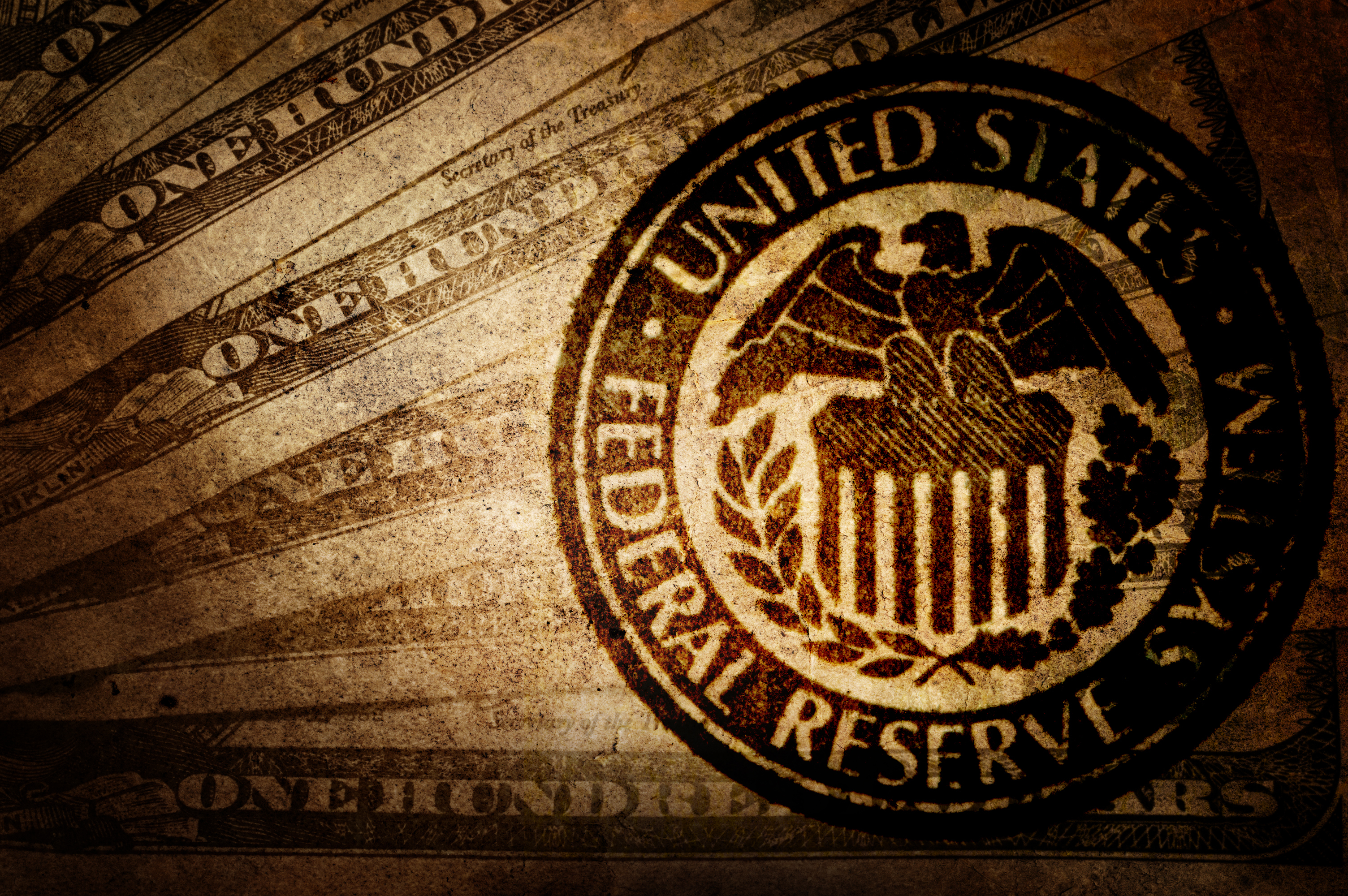
Homeowners and homebuyers are naturally interested in mortgage interest rates because the rate they pay for their home loan is one factor that determines their monthly housing payments and the total cost of owning their home over time.
While each lender, borrower, and loan type will have different individual rates, here’s what affects interest rates on a national level:
Federal Funds Rate
The Federal Reserve (the Fed), a semi-autonomous arm of the federal government, sets a special interest rate known as the federal funds rate, often called the “fed funds rate” for short.
The Federal Reserve Open Market Committee decides when to raise, lower or leave the federal funds rate unchanged. The committee meets at least eight times each year.
As the committee adjusts the rate, market interest rates tend to rise or fall in the same direction because it becomes more or less expensive for banks to borrow money from the Fed. Market rates include the rates businesses pay to take out loans and the rates consumers pay for mortgages, home equity loans, auto loans, credit cards and the like. Banks also use the Fed funds rate when they make overnight loans to one another.
“Changes in the federal funds rate trigger a chain of events that affect other short-term interest rates, foreign exchange rates, long-term interest rates, the amount of money and credit, and, ultimately, a range of economic variables, including employment, output, and prices of goods and services,” the Fed Reserve website says.
Economy affects rates
The U.S. economy also affects mortgage interest rates in part because it’s a factor in the Open Market Committee’s decision-making. When the economy is strong, prices for goods and services tend to rise. Referred to as inflation, rising prices can prompt the committee to raise the federal funds rate so the economy doesn’t over-heat, resulting in more inflation. When people say, “the Fed raised rates” or “the Fed slowed the economy,” what they generally mean is that the committee increased the federal funds rate.
When the economy is weak, inflation is not as much of a concern, so the committee is less inclined to raise the federal funds rate. Instead, they try to stimulate the economy by keeping the rate low, indirectly helping companies expand and hire more workers. When people say, “the Fed lowered rates” or “the Fed stimulated the economy,” what they often mean is that the Federal Reserve lowered the federal funds rate.
The committee also can leave the fed funds rate unchanged, taking a wait-and-see approach to whether the economy will get stronger or weaker.
The Fed can also lower mortgage interest rates by purchasing mortgage-backed securities or try to stimulate the economy by buying Treasury bonds.
Jobs and rates
Consumer spending also affects market interest rates because more spending suggests the economy is healthy and inflation might be on the horizon. That can prompt the Fed to raise the federal funds rate, pushing market rates higher. If consumer spending falters, the committee might leave the rate unchanged to allow the economy more time to strengthen.
Similarly, jobs and the unemployment rate can affect market interest rates. More jobs and a lower unemployment rate fuels the economy, which – go ahead and connect the dots – means inflation is more likely, as is a higher federal funds rate, which again triggers market interest rates to rise.
Fewer jobs and a higher unemployment rate have the opposite effect: a weaker economy, less fear of inflation, a lower fed funds rate and lower market interest rates.
Imperfect system
Of course, the system does not always work that perfectly. The Fed might adjust the fed funds rate but not get the desired effect. That keeps investors, consumers and homebuyers alert to the Fed’s actions and its statements explaining its thinking about the economy, inflation and interest rates.
The Fed also uses other mechanisms to affect the economy and, indirectly, interest rates.
Indeed, many serious investors and some consumers and home loan borrowers are downright obsessed with the Fed as well as consumer spending, jobs reports and other economic data. Taken together, all this information influences the Fed’s decisions about the federal funds rate, which influences market interest rates and the rates borrowers pay for mortgages.
Bank rates
Finally, it is important to understand that banks, mortgage companies, savings-and-loans and credit unions all offer different interest rates for home loans or other financial products, regardless of what the Fed does with the fed funds rate.
That’s because the fed funds rate and market rates are only a starting point, beyond which lenders set their own rates in a competitive market as they vie to lend to individual borrowers. Each borrower’s creditworthiness is also an important factor in how mortgage interest rates are determined.
Call (888) 983-3240 for more information.RELATED TOPICS
How a borrower's mortgage rate is determined
Fannie Mae and Freddi Mac explained
Underwriters hold the key to your mortgage
'Jumbo' mortgage loans explained

